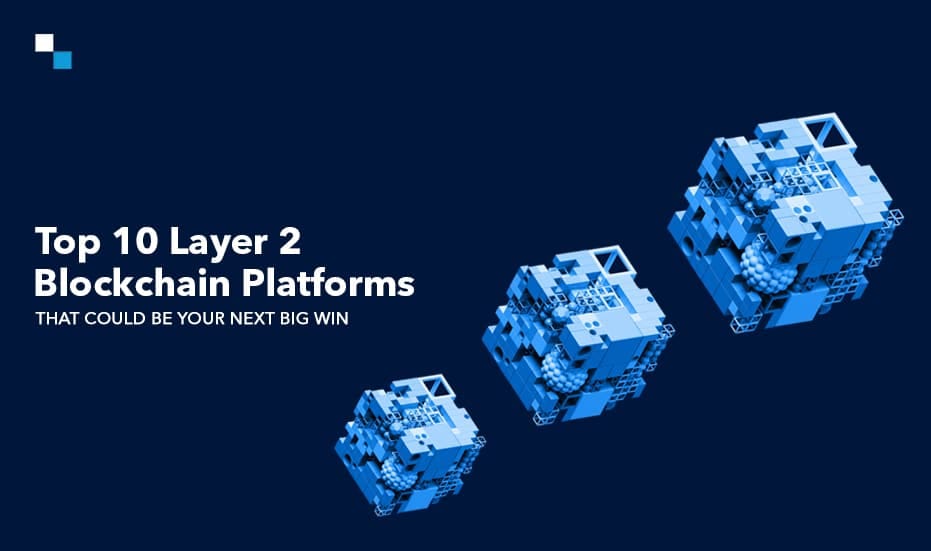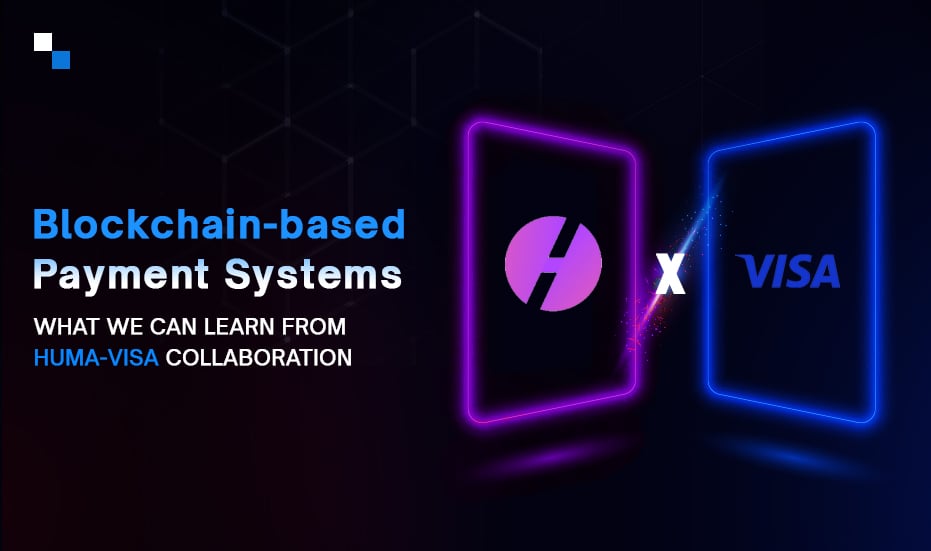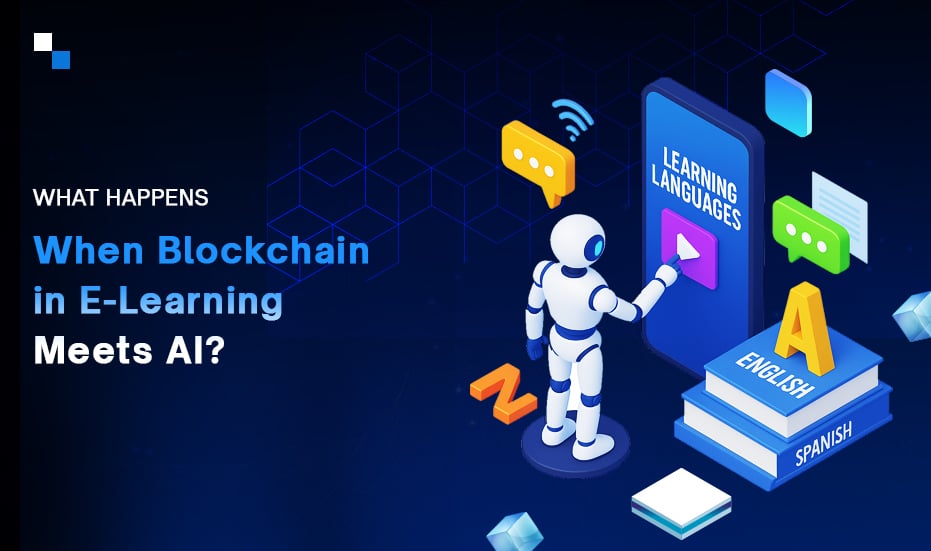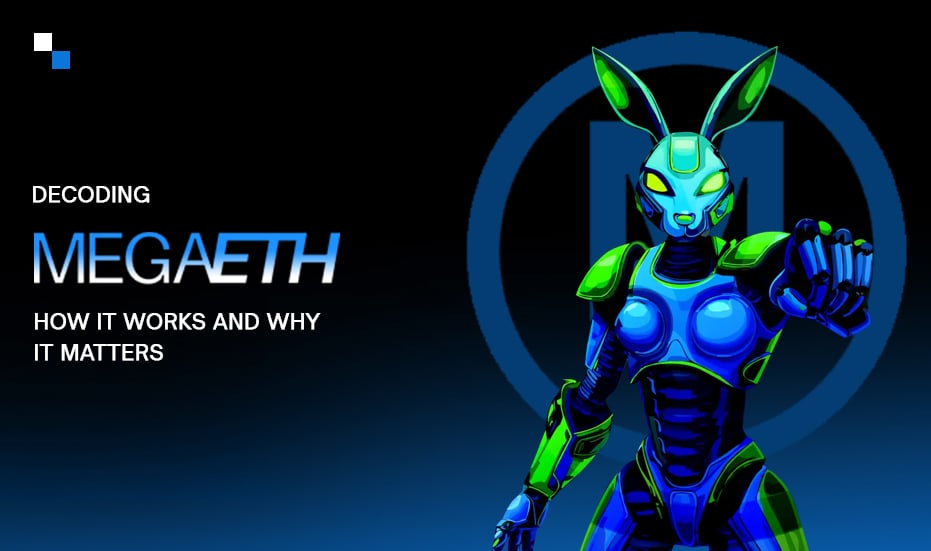
DeFi Lending Protocols Development Cost With Must-Have Features & Indicators
February 19, 2024
How Automated Agreements Unlock New Business Models in Supply Chains: A Paradigm Shift
February 20, 2024The emergence of Bitcoin has led to the creation of numerous other blockchain platforms in the last decade. However, these blockchain-based systems still suffer the challenges of low transactions and high latencies that further affect the blockchain’s scalability. In order to address such limitations effectively, several blockchain attributes are modified/ added, thereby giving rise to a completely different class of layer 2 blockchain solutions.
Layer 2 blockchain solutions play a significant role in tackling the blockchain scalability challenge using unconventional approaches. This layer of blockchain protocols resolves the layer 1 limitations regarding transaction processing rates, fees, and periods. In this blog, we will delve deeper into the layer 2 blockchain list and related insight to help the readers gain a better understanding of layer 2 protocols.
The Surging Popularity of Layer 2 Blockchain Solutions

Source– https://l2beat.com/scaling/summary
Layer 2 blockchain solutions are continuously making significant strides, and the numbers (shown in the image) are a testament to this growth.
“As of 2024 Feb 12, the total value locked (TVL) across various layer 2 blockchain platforms has crossed the $20 billion mark.”
This milestone perfectly highlights the increased confidence of investors or stakeholders around the world in layer 2 blockchain solutions within the community. This impressive figure not only highlights today’s success of the layer 2 blockchain platforms but also a promising future for the continued expansion in the broader blockchain ecosystems.
There is no denying that layer 2 blockchain has emerged as a crucial development in today’s blockchain ecosystem. Let’s delve into the reasons behind the surging popularity of layer 2 blockchain solutions unveiling their importance.
Why Should Businesses Invest in Layer 2 Blockchain?
The following are the causes behind the surging popularity of layer 2 blockchain solutions in today’s crypto world.
- Scalability
Layer 1 blockchains, such as Bitcoin and Ethereum, often face significant scalability challenges. As the number of users and transactions surges, the layer 1 network experiences congestion that leads to slower confirmation times and higher fees. Layer 2 blockchain solutions move a substantial portion of transactions off the main blockchain, reducing the overall load and enhancing performance.
- Cost-Efficiency
Transaction fees on popular layer 1 blockchains can be higher. Layer 2 blockchain solutions are cost-effective as they enable off-chain transactions, where users can conduct transactions at a fraction of the cost compared to on-chain transactions. This cost-effectiveness is making blockchain technology accessible to a broader audience.
- Enhanced Speed and Throughput
Layer 2 blockchain solutions significantly improve transaction processing speed and throughput. The transactions conducted off-chain or through sidechain enable users to receive faster confirmation times. This enhanced speed makes applications such as decentralized finance (DeFi), gaming, and other DApps quick.
- Improved User Experience
The user experience is one of the most prominent factors that defines the success of any technology. The reduced latency and lower transaction fees contribute to a more user-friendly blockchain experience, making layer 2 blockchain solutions an ideal choice. Users no longer need to wait for extended periods for their transactions to be confirmed.
- Interoperability and Compatibility
Layer 2 blockchain solutions score high in terms of interoperability as they are designed to work seamlessly with existing layer 1 blockchain. This compatibility ensures that developers can leverage the security and decentralization of Layer 1 while also benefiting from the efficiency and scalability of Layer 2 blockchain platforms.
- Eco-Friendly Solutions
The environmental impact of blockchain technology, particularly proof-of-work (PoW) consensus mechanisms, has raised concerns. Layer 2 blockchain solutions, by reducing the load on layer 1 blockchains, contribute to a more sustainable and eco-friendly blockchain ecosystem. Layer 2 blockchain solutions offer a responsible approach to scaling blockchain networks.
Also read– The Ultimate Layer 1 Blockchain List to Keep an Eye on in 2024
Top 10 Layer 2 Blockchain Platforms in 2024
1. Polygon

Polygon, formerly known as Matic network, is a Layer-2 blockchain protocol that is designed to fix the scalability issues of Ethereum. This network on our layer 2 blockchain list provides the ease of handling transactions on a separate Ethereum-compatible blockchain, which then returns transactions to the main Ethereum blockchain. Such an approach lowers the network load on Ethereum. Additionally, the Polygon network also allows users to interact with any DApp without any network congestion issues.
Key Highlights-
- Polygon’s average block processing time is 2.1 seconds, much faster than Ethereum.
- A typical transaction fee of around $0.01.
- Uses sidechains to scale and avoid Ethereum congestion.
- Uses a Proof-of-Stake consensus mechanism for faster and more energy-efficient validation.
2. Arbitrum

The higher transaction fees on Ethereum have affected its growth. Developed by Offchain Labs, Arbitrum is one of the most recognized layer 2 blockchain platforms that has emerged as a promising solution for the high fees and congestion issues on the Ethereum network. Arbitrum utilizes optimistic roll-up technology, a specific type of layer 2 scaling solution, in which most transactions are processed off-chain, and only the transaction data and a summary (roll-up) are submitted to the Ethereum mainnet. This solution on our layer 2 blockchain list reduces the congestion on the mainnet and allows for quicker and more cost-efficient transactions.
Key Highlights
- Arbitrum is one of the best EVM-compatible rollups.
- Combines the power of a proprietary virtual machine and optimistic rollups.
- Seamlessly integrates with existing Ethereum tools and applications.
- Efficient roll-up technology cuts fees down to just a tiny fraction.
3. OP Mainnet

The OP Mainnet is a low-cost and lightning-fast Ethereum layer 2 blockchain powered by Optimism. It is one of the most popular layer 2 blockchain solutions that was built by OP Labs and runs on its software, OP Stack. As its name indicates, OP Mainnet uses optimistic rollups, much like its rival Arbitrum, which ensures lightning-fast transactions at low fees while maintaining the security of Ethereum’s architecture. Just like other layer 2 blockchain solutions, OP Mainnet is also EVM-compatible.
Key Highlights
- OP Mainnet belongs to the layer 2 optimistic rollup network category.
- Has a thesis as a superchain, where multiple Layer-2 networks connect through shared code.
- Supported by many EVM-compatible wallets.
- Offers a plethora of development tools, libraries, and resources within the OP Mainnet ecosystem.
4. Avalanche Subnets

On Avalanche, a Subnet (short for “subnetwork”) is a set of nodes that work collaboratively to achieve consensus on transactions linked to one or more blockchains. It can be considered as a network inside a network or a network constructed on top of a network with an extensive infrastructure. After Avalanche Consensus, Subnet is the second major development that enables developers to build custom blockchains and empower Avalanche to scale. This solution on our layer 2 blockchain list can unlock possibilities in the blockchain landscape.
Key highlights
- Each Subnet operates independently, facilitating the seamless addition of new subnetworks.
- Reduce network congestion through the use of Subnets resulting in decreased transaction costs.
- Users can engage in cross-chain transfers without requiring to interact with the X-Chain.
- Users have enormous flexibility to tailor their Subnet.

5. Loopring

Loopring is a program that works on Ethereum’s top layer of blockchain. It processes elements of Ethereum transactions on its network that fuel up the experience of using Ethereum. The network can process trades at a rate 1,000 times higher than Ethereum with each one costing a mere fraction of a cent. This layer 2 (L2) protocol aims to unlock the power of Ethereum. It is one of the best layer 2 blockchain solutions that address its scalability limitations and achieves this motive through two key innovations: ring-based order matching and zkRollups. Ring-based order matching involves grouping multiple buy and sell orders into circular rings for efficient transactions. On the other hand, zkRollups processes transactions off-chain to minimize the congestion on the Ethereum mainnet.
Key Highlights
- It is the first Ethereum zkRollup to exist on the blockchain.
- Harnesses over 2000 transactions per second (TPS).
- Powered by the Loopring token, $LRC, has its own market cap.
- Supports trading of different cryptocurrencies, including ERC-20 tokens and NFTs.
6. Starknet

StarkNet is a Validity-Rollup (also known as ZK-Rollup) layer 2 network built on the Ethereum blockchain. It facilitates the scaling of DApps without affecting the security. This mechanism involves bundling transactions into an off-chain computed STARK proof which is further submitted to Ethereum as a single transaction that results in higher throughput, lower costs, and faster processing times. If you’re looking for lightning-fast and secure layer 2 blockchain solutions to interact with the Ethereum blockchain, Starknet is worth exploring.
Key Highlights
- Employ Native Account Abstraction to ensure efficient and user-friendly experiences.
- Ensure computational integrity by utilizing the power of STARK technology.
- Cairo, Starknet’s native smart contract language, enables developers to code any kind of business logic.
7. Eclipse
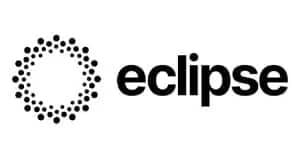
Eclipse is one of the advanced layer 2 blockchain solutions that settles on Ethereum using ETH for gas (Ethereum Settlement Layer), employs Celestia for scalability (Celestia Data Availability Layer), operates with SVM or Solana Virtual Machine (Solana Execution Layer), and adopts RISC Zero for efficient fraud proofs. All these Eclipse components ensure the system’s optimal performance and higher throughput that further enhances the user’s blockchain experience. Eclipse is a new kind of architecture that allows developers to empower the DApps we want to build. It is one of the popular layer 2 blockchain platforms for the future that offers superior speed, security, and scalability for applications.
Key Highlights–
- Has a strong support ecosystem powered by Celestia, RISC Zero, Solana Foundation, and more.
- Processes over 50,000 transactions per second (TPS).
- Ease of customization of the platform to meet the developer’s specific needs.
- Incorporating additional security measures, such as fraud proofs and proofs-of-availability for enhanced security.
8. Hyperchains

zkSync’s Hyperchains are custom, hyper-scalable, interoperable, and fully sovereign zk-chains that run atop Layer-1 or Layer-2 networks These chains are interconnected and capable of obtaining security and finality from the primary chain (L1). It is the Zk version of OP Stack’s Superchains. But there’s a difference in rollup implementation as Superchains are based on Optimistic rollup technology, whereas hyperchains use zk-rollups. The development stack for hyperchains is ZkStack which is designed to address the challenges of zkSync’s previous stack- ZK Credo.
Key Highlights
- Potential to deploy multiple rollups in parallel.
- Compatible with existing Ethereum tools and applications.
- Employ zero-knowledge proofs to validate transactions without revealing actual data.
- Depends on the Ethereum mainnet’s security for finality.
9. Immutable zkEVM

Immutable offers two different rollup technologies that allow you to build your Web3 game: Immutable X (built on StarkEx) and Immutable zkEVM (built on Polygon zkEVM). The Immutable zkEVM is a dedicated chain for games that combines the benefits of zk-rollup technology with the power of Ethereum, which offers EVM compatibility, massive scalability, and enterprise-grade security. Friction and high transaction costs may be accessible in other markets, but games need an ecosystem where they can thrive. In such a case, Immutable zkEVM emerges as one of the promising layer 2 blockchain platforms that focus on delivering a frictionless gaming experience through massive liquidity, player community, and impactful network effects.
Key Highlights
- Accessible via Immutable APIs and SDKs.
- Secured by Ethereum with zk-proofs.
- Atomic contract composability.
- Compatible with Ethereum tooling, such as Solidity, RPC nodes, Hardhat, etc.
10. SKALE

SKALE is a layer 2 Ethereum sidechain network that is renowned for its high-throughput, low-cost environment for DApp development. It is a highly scalable, on-demand blockchain network that requires no gas fees which contributes to the faster deployment of interoperable EVM-compatible chains without losing efficiency, security, and decentralization. SKALE chains also offer an additional on-chain storage capacity for DApps. One can avoid storing data on public chains that are costly & limited and choose SKALE Network as it is more extensive & economical.
Key Highlights
- Zeros gas fees, ensuring developers and end-users never pay for transactions.
- Maintains a baseline of 400 transactions per second (TPS) and up to 700 TPS at peak.
- The 280 million block gas limit facilitates optimal throughput.
- The hybrid Layer 1 and Layer 2 architecture partially derives security from Ethereum.

Conclusion
The curated layer 2 blockchain list highlights why the one embarking on a new project should employ these blockchain solutions. Today, businesses across the globe have recognized the importance of a diverse range of layer 2 blockchain platforms in addressing the scalability challenges. Blockchain enthusiasts or business owners worldwide are showing a huge interest in these solutions as it is not just a choice but has become a strategic necessity for them to stay competitive in the crypto world. If you’re interested in leveraging the power of layer 2 blockchain solutions for your next project, Antier is a trustworthy partner.
Antier is a leading blockchain development firm with a proven track in delivering customized layer 2 blockchain solutions. Backed by skilled blockchain developers, Antier ensures your project benefits from the latest advancements in layer 2 scaling solutions. The company offers a comprehensive range of services, including consultation, development, and implementation, tailored to the unique requirements of clients. Antier stands as a reliable ally for businesses who want to navigate the complexities of layer 2 blockchain platforms seamlessly. Contact our team to learn more about our services.
